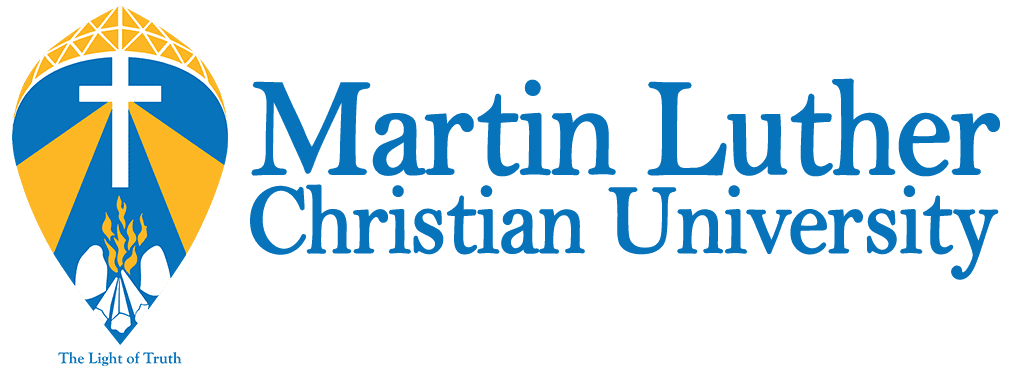Status of school education in Meghalaya state, India And scope for improving its effectiveness
Marina Bethany T. Marwein, PhD
Head, Department of Management & Commerce Studies,
MLCU
Introduction
The North Eastern Region of India, comprising eight states has a high literacy level and is rich in ethnic cultural heritage with linguistic diversity(Manorama Yearbook,2010). Despite this, the region lacks infrastructure and facilities in educational institutions across sectors and there is a need to improve the quality of education imparted. The present system of education in Meghalaya and other North Eastern States of India started in the early years of the nineteenth century, due largely to the efforts of the Christian missionaries who came as traders. In the beginning there was little controversy among the western countries about the system of education in India. However, after independence, education pattern and system became uniform in the country. The Indian Government’s decision to make education a basic right for each child has been widely welcomed by people in the North-East.
Over the years, due to increasing demand for good schools, especially with English medium, there have been a spurt of educational institutions, without adequate and improper infrastructures or proper maintenance, and poor governance that there has been complaints of poor quality of education. This was true for both government and privately operated schools, and called for urgent action (Nongsiang 2010.Therefore, as part of a doctoral thesis, the author carried out a descriptive epidemiological study on a representative random sample of schools in East Khasi Hills District of Meghalaya state during 2010.
Key findings are presented with the recommendations for improvement.
Findings
Most of the schools had a varied number of students and teachers, depending on whether they had the primary, secondary, and higher secondary school divisions .Generally, the sections in the schools were fairly large, children. 27 % of the schools had 500 or more children. Four schools all of them Catholic had 1000 or more secondary school students.
The number of teachers varied from less than 20 to 100 or more, indicating that many institutions were conscious of a proper Teacher: Pupil ratio.
A vast majority of the institutions (33 out of 36) had their own land, of fairly good size, and 3 had leased suitable land. Only 3 institutions had their own school buses; however, another 11 institutions had transport vehicles for the administration. Almost all Catholic operated Institutions have canteen facilities but only about half of the other institutions operated by different organizations and privately owned.: Almost all institutions have a school uniform, but only half are provided by the institution.
One of the hall-marks of a good institution might be the provision of all the required textbooks, and insist that the students buy them. Only about a quarter of the Institutions are rated as Excellent, another quarter as good, and half as Poor. The interview with the officials of the institutions pointed out many deficiencies and lacunae in governance, and provided a number of valuable suggestions for improvement. They felt that the Governing Board was generally supportive in solving their problems, but they could be more helpful, with, more qualified and commited members, and a more sympathetic consideration of the problems of teachers and students. They felt that with better governance, the school effectiveness would significantly increase.
The research has shown that most schools suffer from financial constraints, and the Governing Board has not paid much attention to this aspect. The focus group discussions pointed out that there has not been much interaction of the Governing Board with the institutional staff, and felt, the school could perform much better if there was proper understanding and good rapport between the Governing Board and the various stakeholders such as parents and teachers.
Conclusions
The research has concluded that the Governing Board needs to be acquainted /better aware of the problems facing the majority of schools in Meghalaya state, mostly in terms of managing human resources, provision of basic facilities and amenities, and strengthening the financial base of the institutions. There seems to be much scope for significant impact if the Governing Board focuses on strategic planning, proper implementation of policies, cordial relationships with the general public and well-wishers of the schools, the parents and teachers, and a more open dialogue beyond their regular board meetings.
References
Manoroma Yearbook, 2010:Manorama Publications, Kottayam ,Kerala: India
Nongsiang, D.(2010, April 7).Secondary Education in Meghalaya. The Shillong Times, p.4.

